On Saturday April 30th, 2016, the Government of Kenya, led by President Uhuru Kenyatta, set fire to 105 tonnes of ivory in front of the world. The burn took place at Nairobi National Park and WildAid and brought these historic events to a worldwide audience live on Twitter, raising awareness and garnering more global pressure to end illegal elephant poaching for the global ivory trade by reducing global demand.
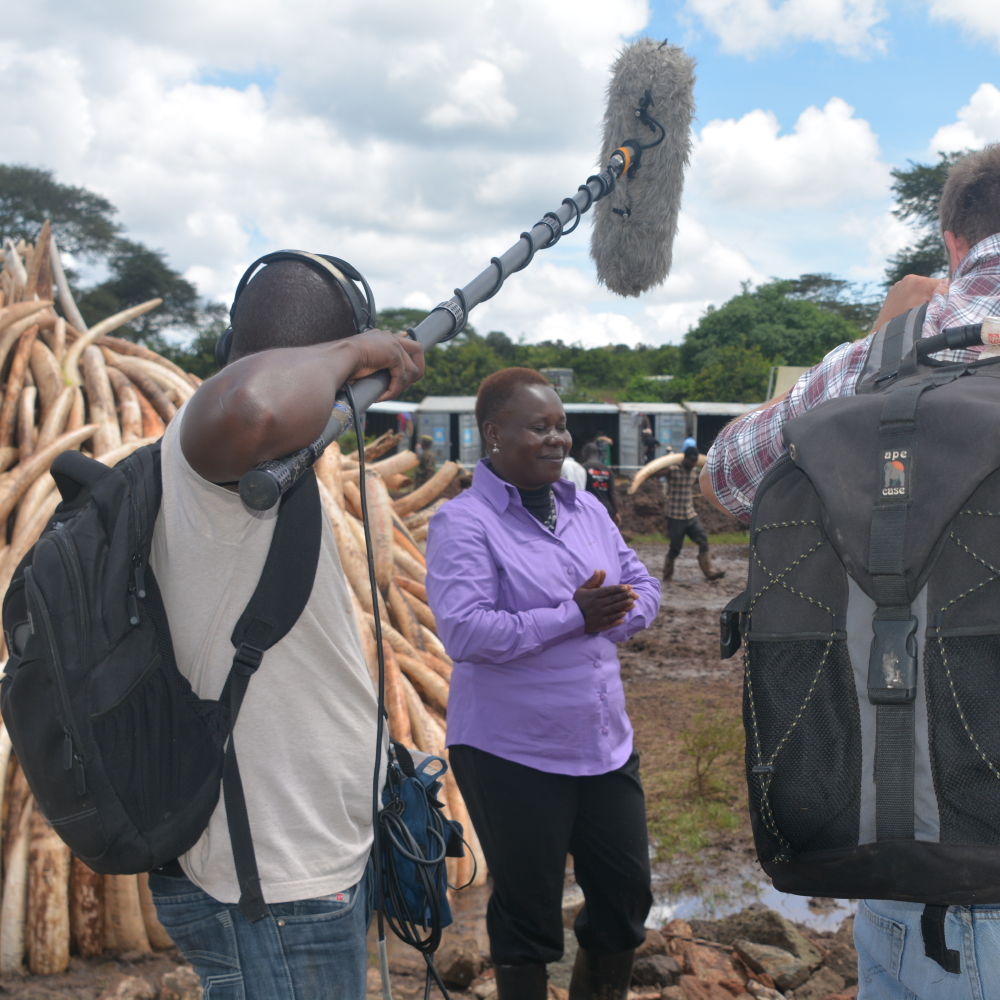
Dr. Winnie Kiiru- Head of Country Liaison
WildAid proudly supported both The Giants Club Summit (29 April) and The Ivory Burn (30 April), and called on the world to #JoinTheHerd and witness the end of the ivory trade.
Watch The Ivory Burn Film here:
YPE html PUBLIC "-//W3C//DTD HTML 4.0 Transitional//EN" "http://www.w3.org/TR/REC-html40/loose.
Follow the @WildAid herd on Twitter and share:
https://twitter.com/WildAid
#JoinTheHerd.
Burn the ivory.
Kill the trade.
We caught up with Dr. Winnie Kiiru- Head of Country Liaison to talk about why the ivory trade generates so much money and why it needs to stop.
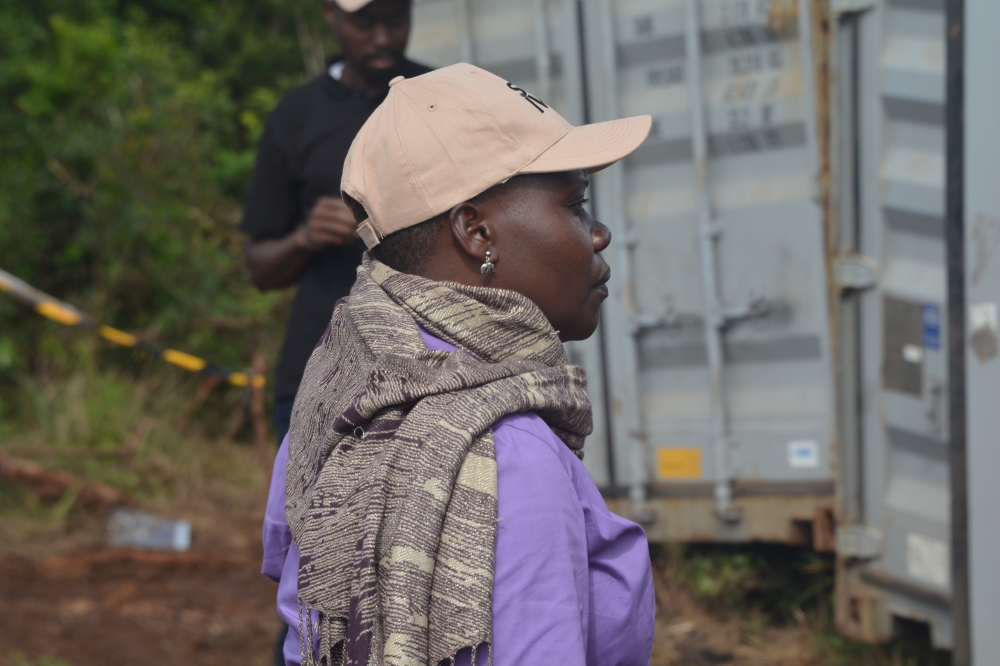
Why is the ivory trade so lucrative? What is ivory used for?
In parts of Asia and particularly China, people still believe that owning art pieces made out of Ivory is a status symbol. The use of Ivory for religious statuettes, jewelry items and hanko (traditional stamps) is widespread in Asia. The thriving domestic markets in China, Japan, and Thailand and the poor government controls make illicit trade in ivory lucrative. In the West, consumers of Ivory products exist in smaller but significant numbers in America and parts of Europe.
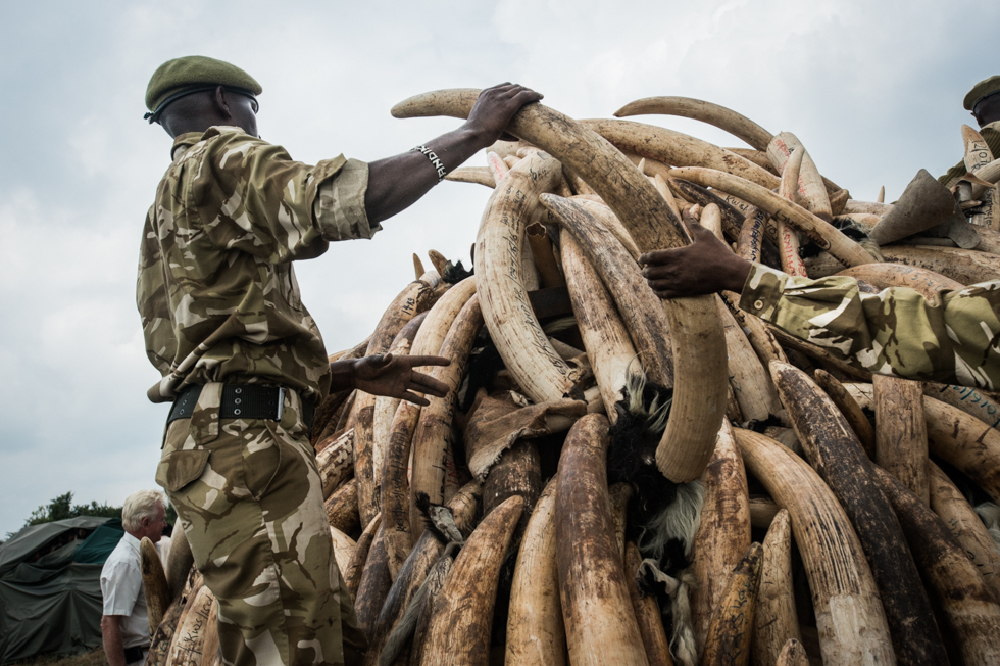
How long have elephants been killed for their tusks? When did people realise that there was money in their body parts?
The killing of elephants and the trade in ivory is as old as human 'civilization'. The Portuguese and Arabs caravans that opened up trade routes across Africa are known to have carried large quantities of Ivory using human slaves to transport the massive tusks. The art of carving Ivory is an ancient art in Eastern civilization. Just as recently as the 1980's many piano keys and billiard balls were made from ivory.
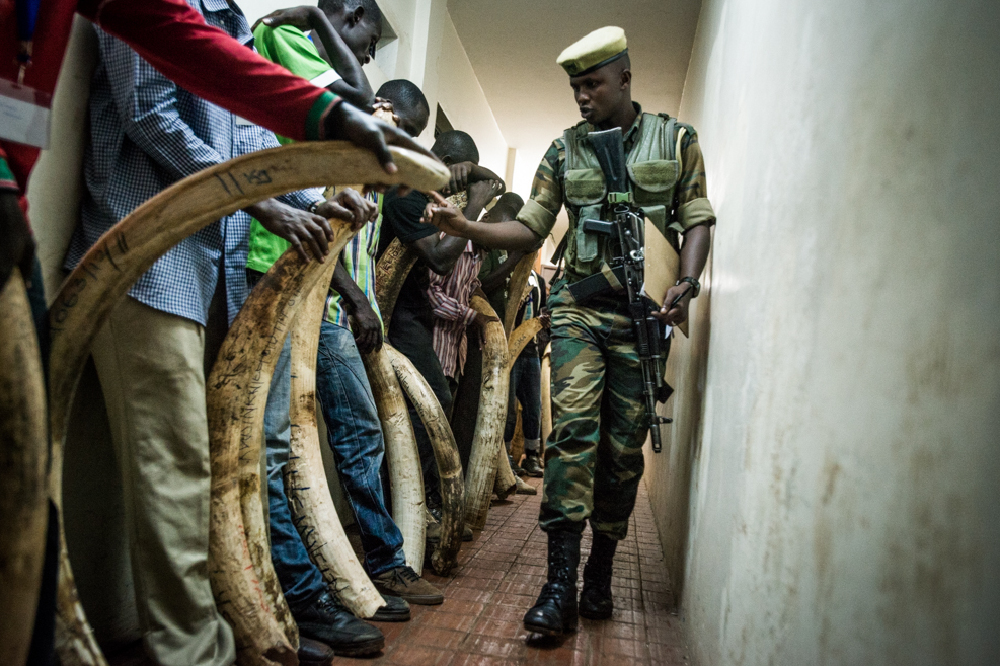
Please can you tell us a bit about The Giants Club Summit and The Ivory Burn for those who aren't familiar with the projects WildAid is supporting?
The Giants club summit brings together African Heads of State and Opinion leaders to discuss the plight of the African Elephant and make commitments to reverse the decline under the framework of the Elephant Protection Initiative (EPI). The Ivory Burn is an initiative of president Kenyatta of Kenya announced last year in February when Kenya destroyed 15 tonnes of Ivory. The president committed then to destroy Kenya's Ivory stock of 105 tonnes in support of Kenya's tradition to put Ivory beyond economic use. This is what is happening on Saturday.
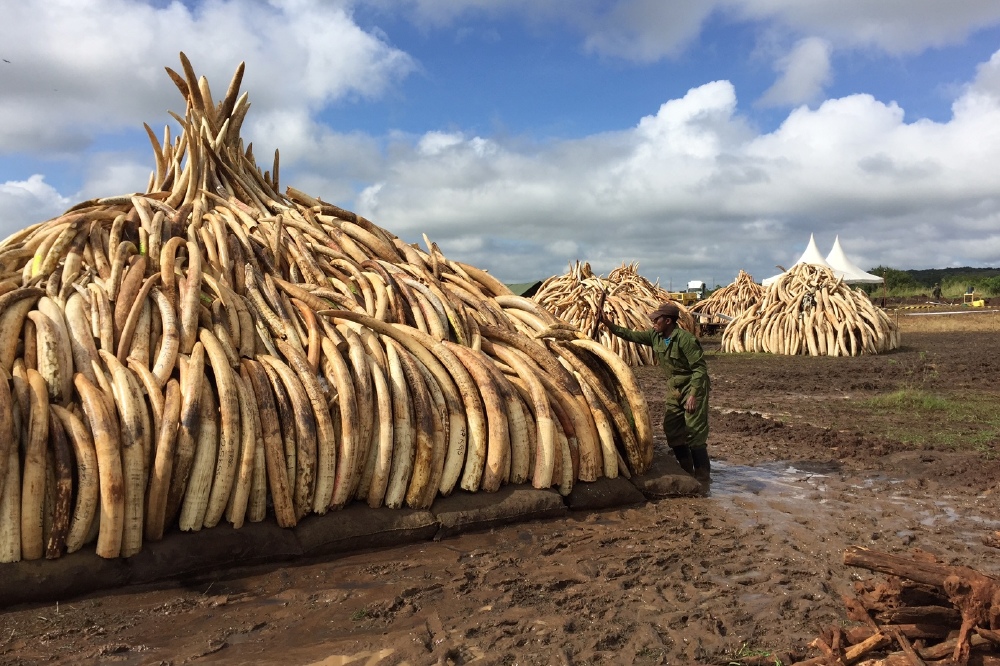
Why is conservation traditionally a very male sector and how did you get into it?
Conservation in Africa has traditionally been male dominated sector as most of the work occurs in the bush which is considered dangerous and unfeminine. The study of conservation biology is also relatively new in Africa and so most people became conservationists through apprenticeship. Men passed the art to their sons and protégés. In the broadening of the educational space has made it easier for women to venture into the field. I was the beneficiary of the education system having studied biological sciences and ecology to PHD level. I benefited by finding well positioned female mentors when I got into the field such as Dr. Cynthia Moss of Amboseli Trust for Elephants and Dr. Joyce Poole of Elephant Voices. My never say die attitude has helped me to take on challenges that many would have shied away from and made me an equal among the best in my field. (I don't know many people who would have undertaken the task to inventory Kenya's entire Ivory stock in record time like I did last year!)
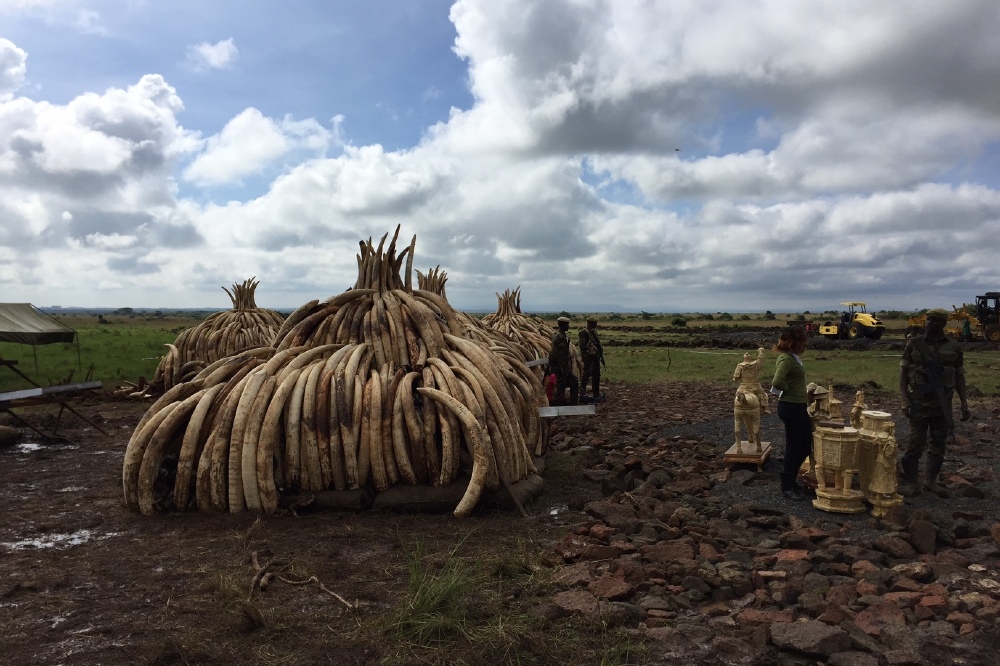
When did you own passion for saving elephants begin?
I joined Kenya Wildlife Service as a research assistant after university where I studied Zoology and after lots of exposure to elephants and other wildlife, I realized my passion for nature and natural places.
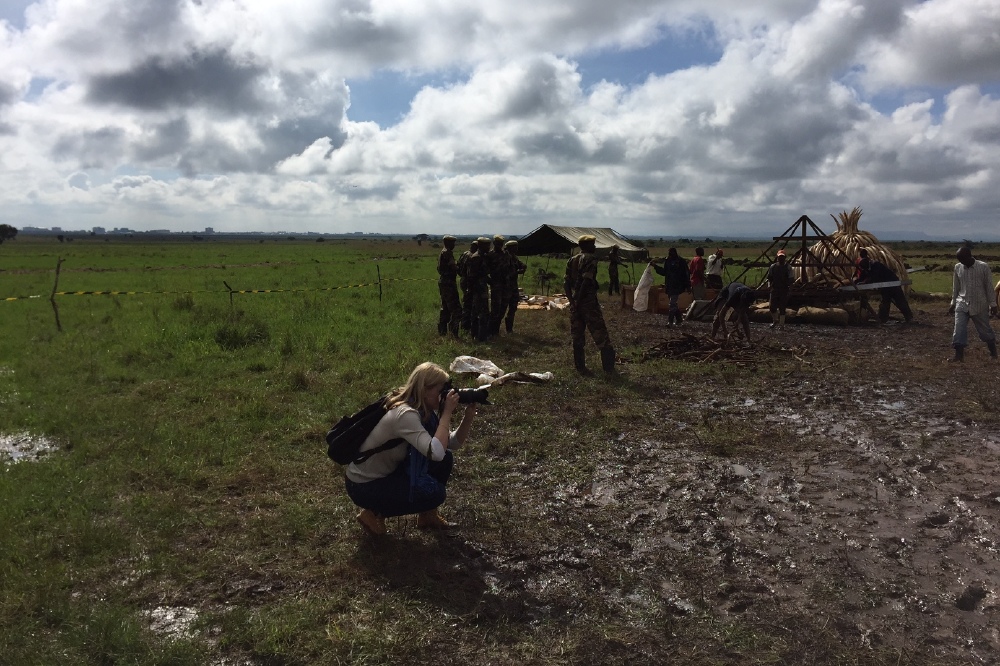
Why are elephants like human families?
Elephants are social animals much like humans. The love, appreciate, mourn, celebrate and reminisce much like us.
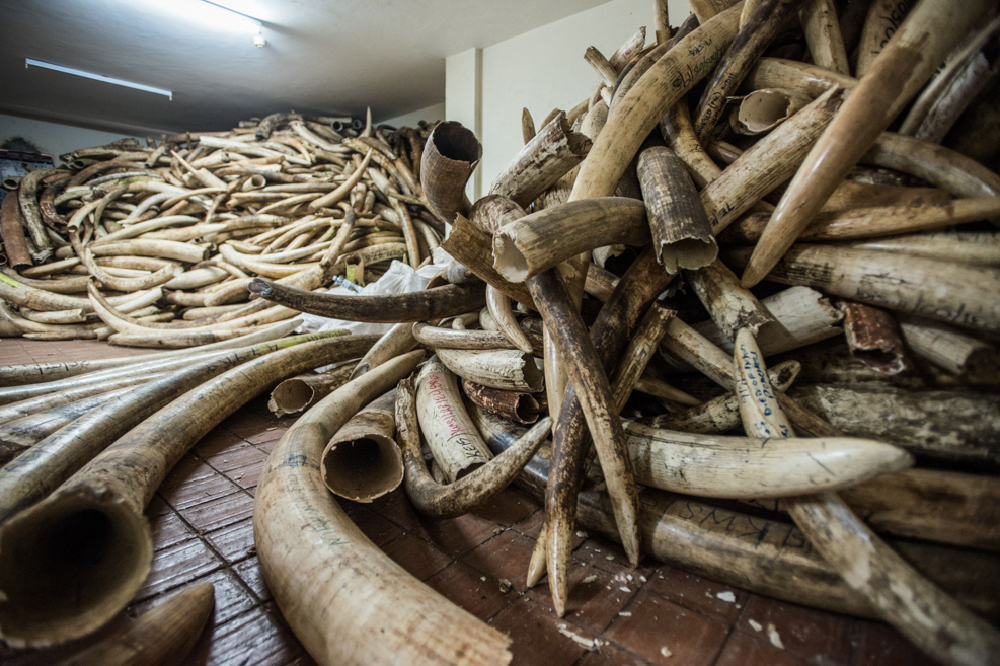
Elephants are very sensitive creatures so how do they suffer emotionally if they lose a family member?
Elephants mourn their dead whether adults or still born babies. They spend long hours handling the remains of their dead and have been seen gathering the remains and covering them with leaves and grass almost like burial.
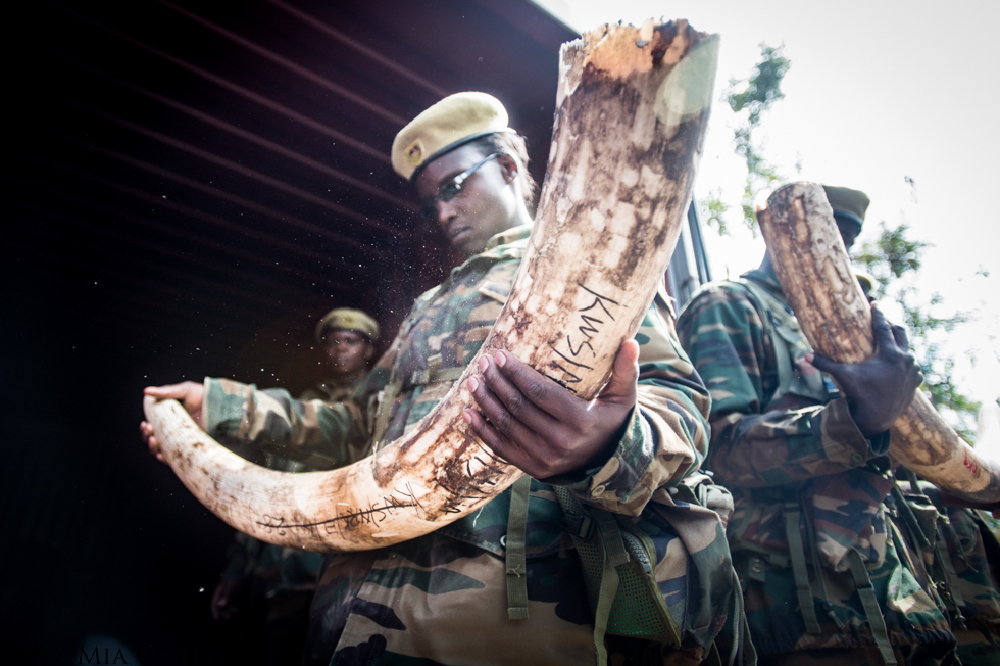
Why is the mother the key to the survival of the herd?
Elephant families are matriarchal in nature meaning that they are female led. The females are the repository of knowledge on how to survive in various seasons and environments and they carefully guide and guard their families. Elephant females look after their daughters for a lifetime and their lifespan is 70 years meaning that it is a long term commitment to family much like humans.
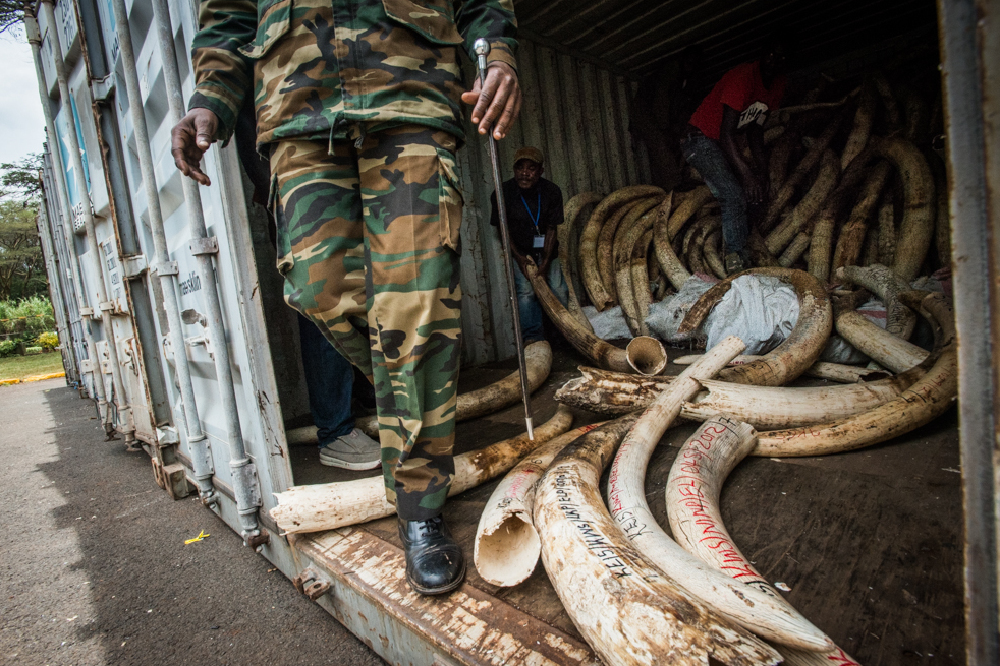
Why do you think people care more about a product than the survival of a species?
Culture, ignorance and vanity are probably the main reasons. Conservationists must team up with communicators and media to break these barriers so we can save species. We must not forget the role of criminal networks that will exploit any source of profit. These must be dealt with by force of law and political support.
What is next for you?
I will just continue doing what I do. Educating, informing, advocating and conserving wildlife and wild spaces. My passion is now to expose as many of Kenya's young people to the Wildlife and wild areas of our country and to mentor and nurture the new generation of Kenya's conservationists.
Photographs by Mia Collis

